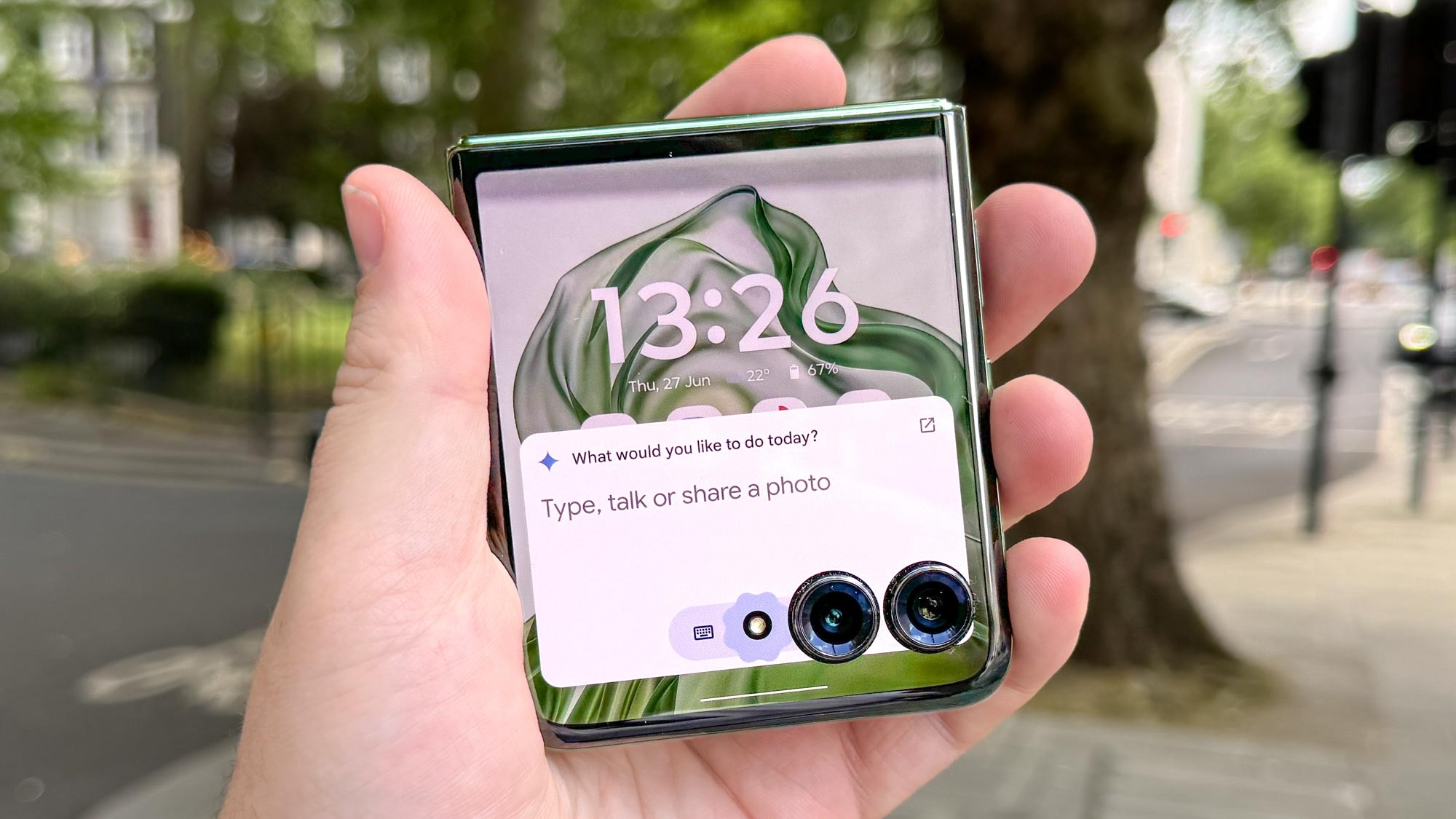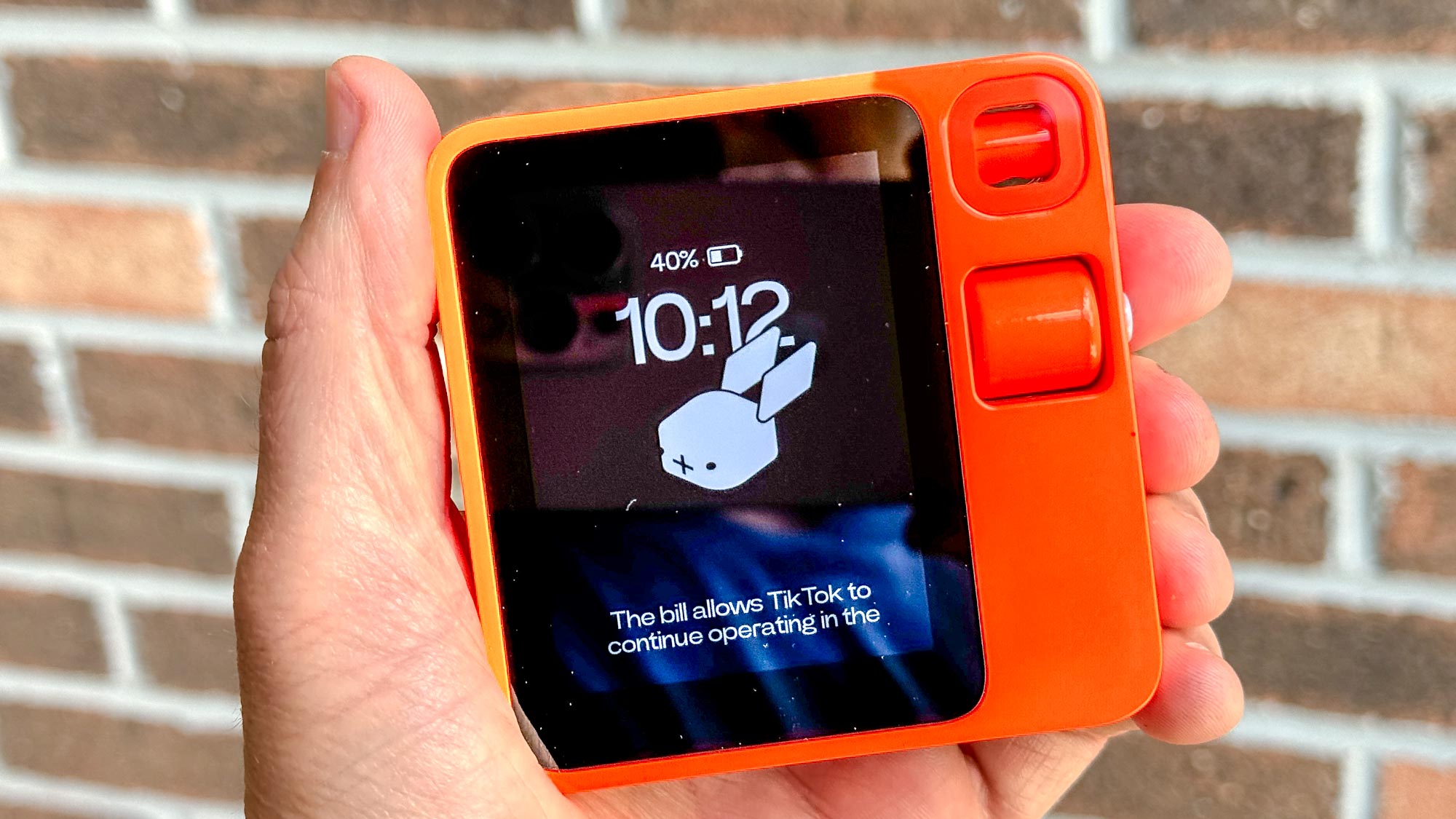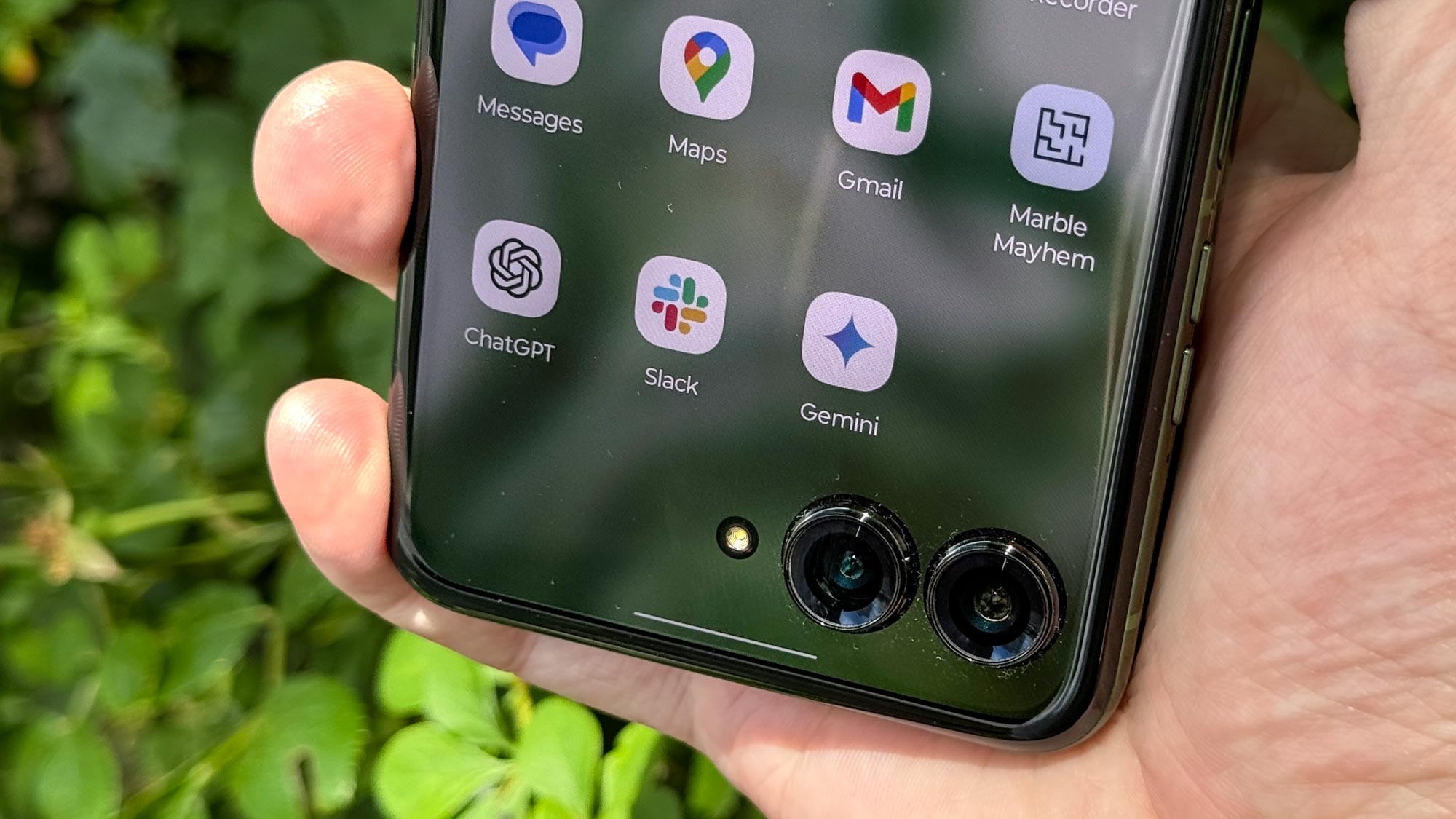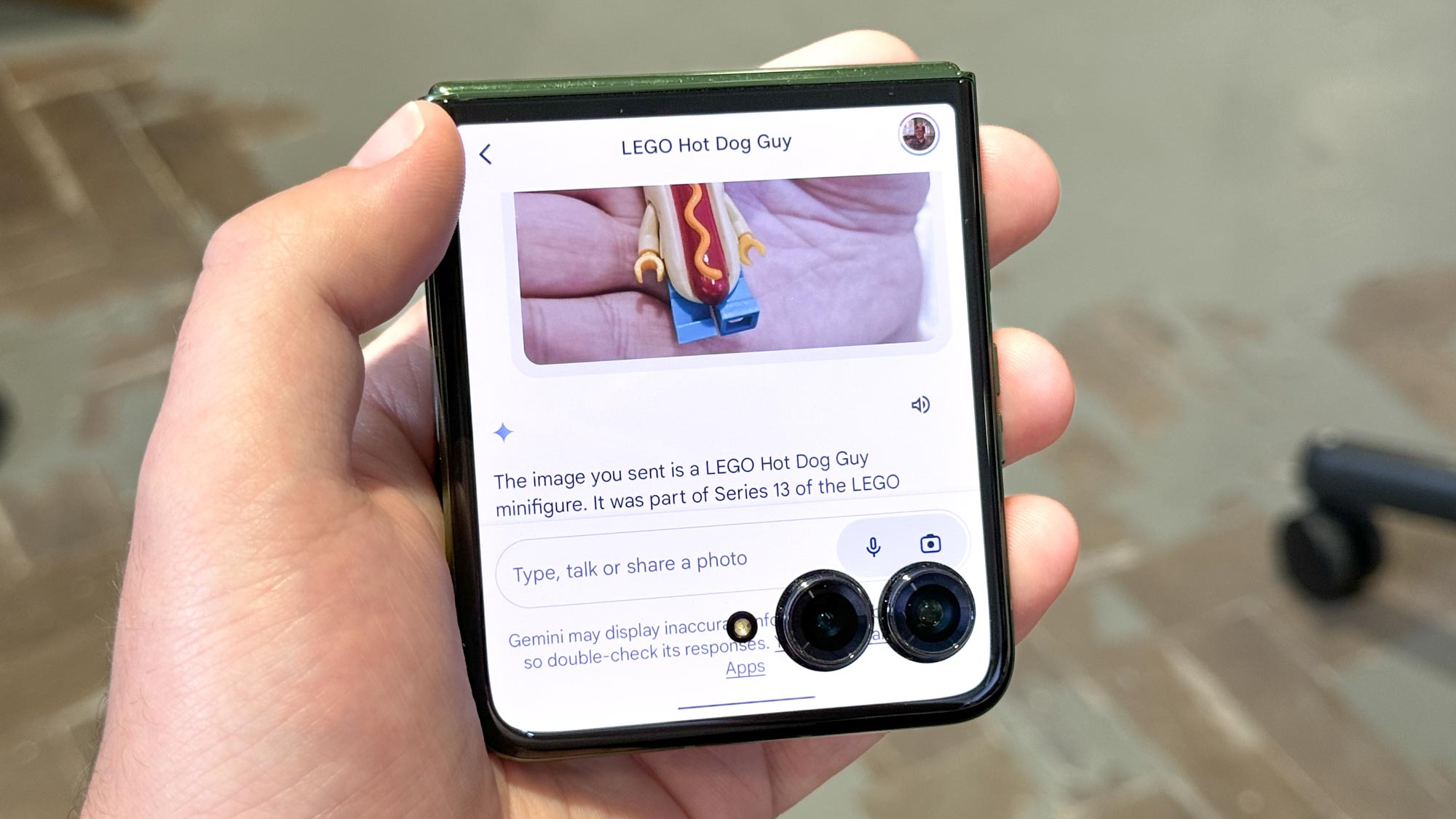
I've been trying the Motorola Razr Plus 2024 (or Razr 50 Ultra as it's known outside of the U.S.) for the past couple days, mostly trying to judge it on its merits as a foldable phone. However, it recently struck me that it bears an awful lot in common with a completely different device, due to a unique mix of hardware and software features.
The Razr Plus comes with (at the time of writing) the largest outer display on a flip-style foldable phone, and it also comes with Google Gemini built-in, the first phone in the U.K. to do so, with three free months of Gemini Advanced on offer with your purchase. Therefore, when folded up and using Gemini, the Razr is effectively an over spec'd Rabbit R1.

In the interest of full disclosure, I haven't personally tried the R1. Though from what I’ve read it seems like the people who actually reviewed the device couldn’t do much with it either. Cheap shots aside, I have learned enough from my colleagues' time with the device to appreciate its essential purpose — to act as an easily accessible AI hub for question answering and image generating, as well as performing actions on your behalf in certain pre-approved apps via its Large Action Model system.
The Rabbit R1 ($199) and Motorola Razr Plus 2024 ($999) sit at two very different price points. But the R1's functionality is limited to its AI abilities, whereas the Razr Plus is a fully functional smartphone with three total cameras, a much more powerful chipset, more capacious storage and battery, and it can open up to reveal a full 6.9-inch pOLED display when needed.

Granted the Razr doesn't offer anything similar to Rabbit's LAM so you’ll need to do a lot of stuff manually, even if Gemini can help point you in the right direction. Also without a rotatable camera, the Razr either needs to be open to properly aim when trying to make a photo prompt, or you have to get creative with your selfie angles to get what you want to snap in frame.
Then there's the Google Gemini-specific issues. For one, the app is not optimized for the Motorola's outer display, with the prompt box taking up a large chunk of the screen without a way to minimize it to look over Gemini’s replies. Also, while Gemini's basic form is arguably the best free chatbot around, you may well not want to be locked in to Google's AI platforms. Fortunately, you can easily open up another AI app of your choice from the folded screen, or even assign some like Copilot to the power button hold command to summon it instead of Gemini anywhere on the phone.

As Marques Brownlee recently reflected, AI seems to be turning out to be more of a feature to be added to existing devices instead of something demanding its own devoted hardware. And the fact that Motorola eats Rabbit's lunch (presumably some sort of salad) when it comes to offering a palm-sized AI box demonstrates this point perfectly, with the more mature smartphone form factor proving a better home for the technology than something purpose-built.
That said, we could see Motorola getting challenged from within the smartphone market, with other foldables like Galaxy Z Fold 6, and especially the Galaxy Z Flip 6, due to launch soon. But for now the Razr’s comfortably inhabiting this niche alone.







